Aquaculture is considered to be the sector with the most obvious changes in terms of the agricultural economic development orientation determined by Quang Ninh. Currently, the whole province has 32,000 hectares of aquaculture, of which more than 20,000 hectares are concentrated farming, including 4,000 hectares of industrial farming, but aquaculture output has continuously increased, from less than 2,000 tons/year before 2015, less than 5,000 tons/year before 2020, to now 7,000-7,500 tons/year.

The aquaculture species are high-value objects, mainly white-leg shrimp, marine fish, mollusks, instead of freshwater fish as before. Particularly for farmed shrimp, Quang Ninh is gradually becoming the center of production and supply of shrimp seeds in the Northern region, one of the localities with the largest commercial shrimp production in the country.
Mr. Do Dinh Minh, Head of the Department of Sea, Islands and Fisheries, Fisheries Control (Department of Natural Resources and Environment) analyzed: The factor that accelerated aquaculture in Quang Ninh in recent years is the strong investment of both the state and farmers. Quang Ninh devotes large resources to rural infrastructure, including concentrated aquaculture production infrastructure through a series of national target programs, attracting investment, forming high-tech agricultural zones for aquaculture, and having policies to promote industry and agriculture to promote the formation of high-tech aquaculture models. On the part of farmers, they accept high investment rates to master 2- and 3-stage shrimp farming models, indoor farming, and winter farming, which are the most advanced shrimp farming technologies today, with industrial, intensive, and super-intensive farming processes, instead of conventional farming processes, more or less dependent on natural conditions as before.
An important step forward for aquaculture in Quang Ninh is the shift of farming locations from the mainland to the coast and out to sea. This is reflected in the presence of industrial shrimp farming systems in coastal areas, with over 10,000 hectares of marine farming, including open sea areas. Aquaculture towards the sea is increasingly affirming the main development direction of Quang Ninh aquaculture.

Along with aquaculture, exploited aquatic products in the area also have positive new features, reflected in relatively stable exploitation output and selective exploitation objects. According to the assessment of the Department of Sea, Islands and Fisheries, Fisheries Control, this is the result of the strategy of reducing small vessels, coastal exploitation and exploitation with fishing gear, prohibited occupations, increasing large vessels, exploiting inshore and offshore areas, exploiting with advanced technology, preserving products after exploitation with modern equipment. By the end of July 2025, Quang Ninh's fishing fleet was nearly 6,200 vessels, of which nearly 750 fishing vessels were over 12m long, capable of mastering the most distant fishing grounds.
Mr. Nguyen Minh Son, Director of the Department of Agriculture and Environment, said that the shift of aquaculture has affirmed its position as the “backbone” and key production sector, leading the development of the entire agricultural sector of Quang Ninh. Currently, aquaculture accounts for 55% of the total value of the agricultural sector, equal to the value of livestock, forestry and crop cultivation combined.
While aquaculture has shown a pioneering and strong progress in terms of output, value and growth rate, livestock and crop production activities are determined by Quang Ninh to develop at a stable level, ensuring food security; the forestry economy is determined to be in the stage of restoring and enriching forest capital, supporting the assurance of water security and responding to climate change. Mr. Nguyen Van Duc, Deputy Director of the Department of Agriculture and Environment analyzed: The shift of the three production areas of livestock, crop and forestry in this period has been in-depth, not increasing greatly in output and value, but fundamentally changing in farming methods and levels.

According to Mr. Duc, if in the past we had the beginnings of off-season techniques in cultivation, now we have mastered artificial pollination technology, adjusting trees to bear fruit all year round, adjusting trees to flower and ripen fruit at the right time. In the field of cultivation, Quang Ninh also has specialized areas for growing high-value fruit trees such as guava, custard apple, lychee, and dragon fruit, including areas that have been certified for cultivation according to VietGAP standards.
In livestock farming, the plus point is that Quang Ninh has drastically reduced small-scale livestock farming models, in families, in residential areas, and replaced them with concentrated livestock farming areas and livestock enterprises with large herds. The previous hot spots in livestock farming environment are no longer there. In the development of the forest economy, Quang Ninh has recorded an increasing area of native forests, large timber trees, forests planted by intensive farming methods, and certified forests. This is the premise for Quang Ninh to develop in the next stage, when forestry has large forest capital, has raw material areas for the forest product processing industry, forestry and aquaculture will become the two main production sectors of Quang Ninh's agricultural sector.
It can be seen from the correct and sustainable development orientation, Quang Ninh agriculture from a relatively low foundation has been developing to a high level, keeping pace with the movement and growth in the economic structure of the whole province, to build Quang Ninh increasingly rich and strong.
Source: https://baoquangninh.vn/nhung-buoc-chuyen-tao-cuc-dien-moi-3371448.html


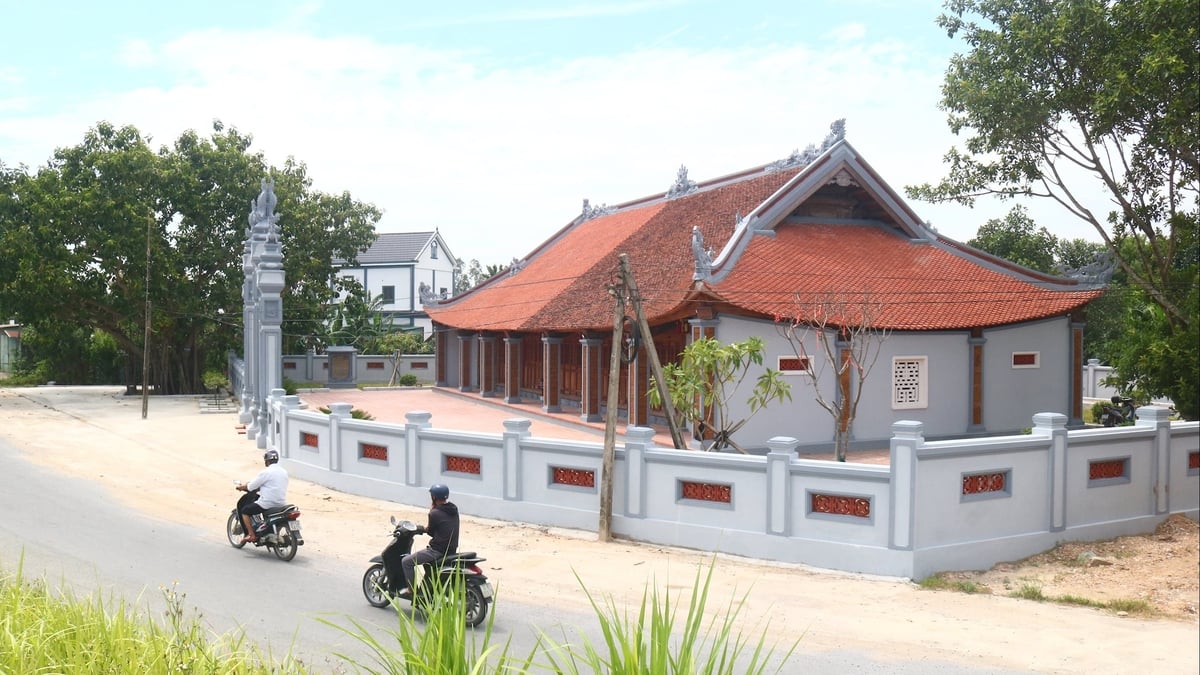
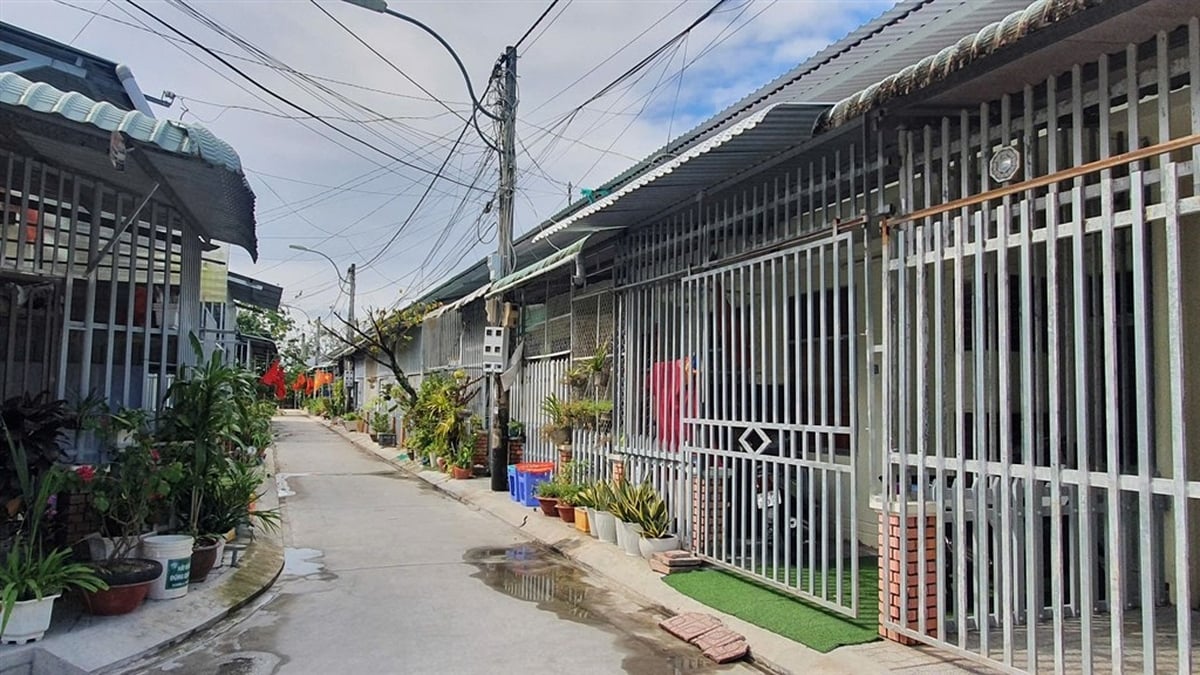
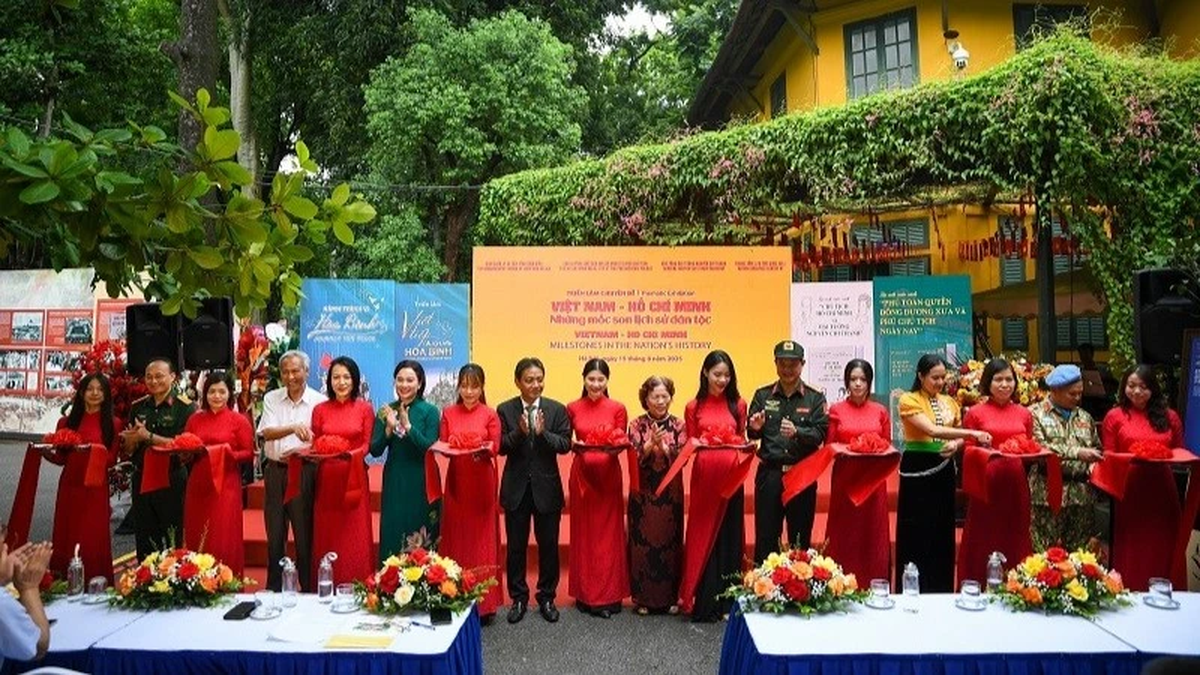
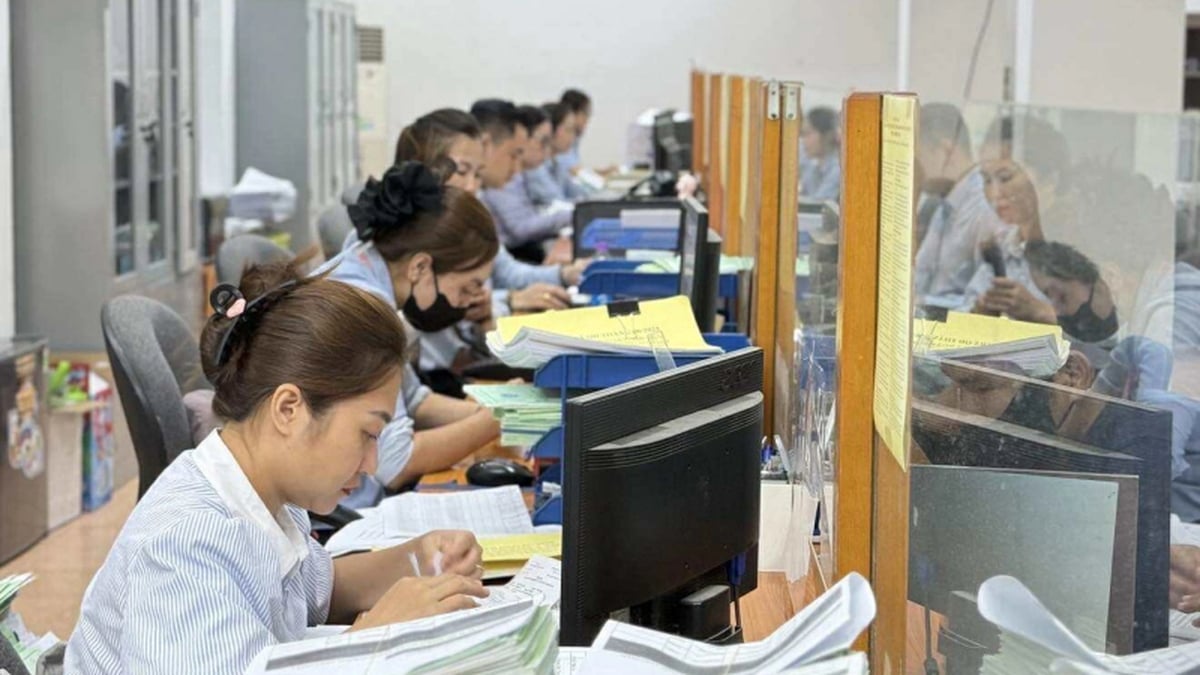
![[Photo] President Luong Cuong receives Finnish Ambassador to Vietnam Keijo Norvanto](https://vphoto.vietnam.vn/thumb/1200x675/vietnam/resource/IMAGE/2025/8/15/9787f940853c45d39e9d26b6d6827710)
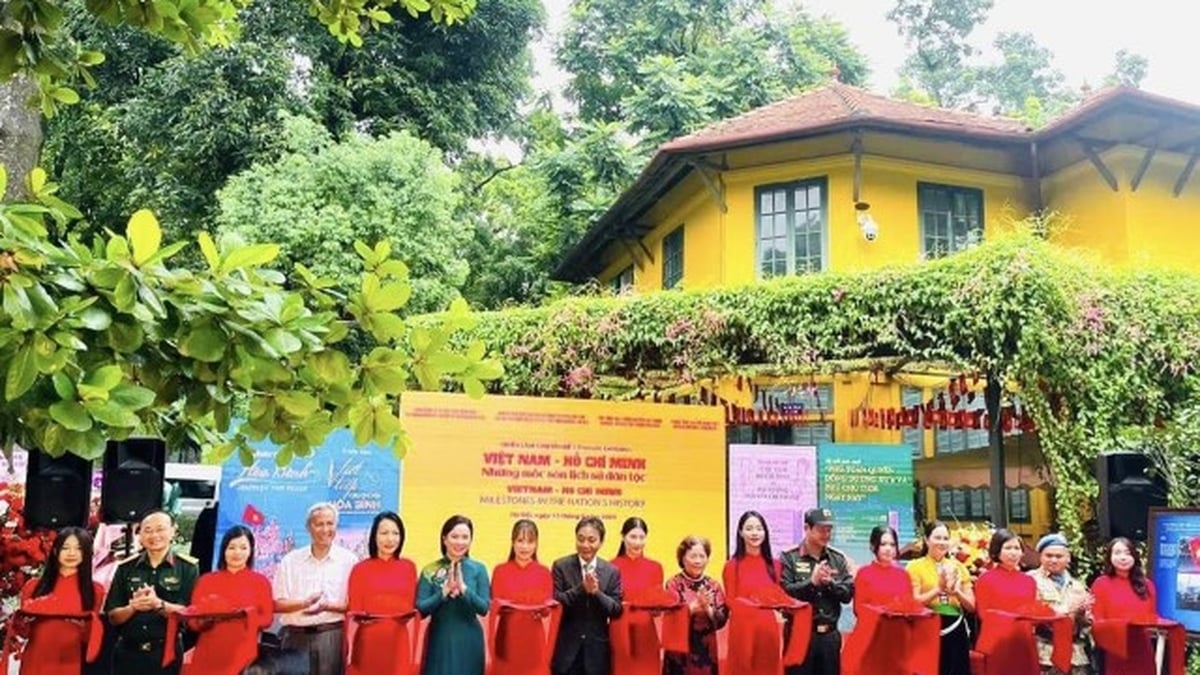
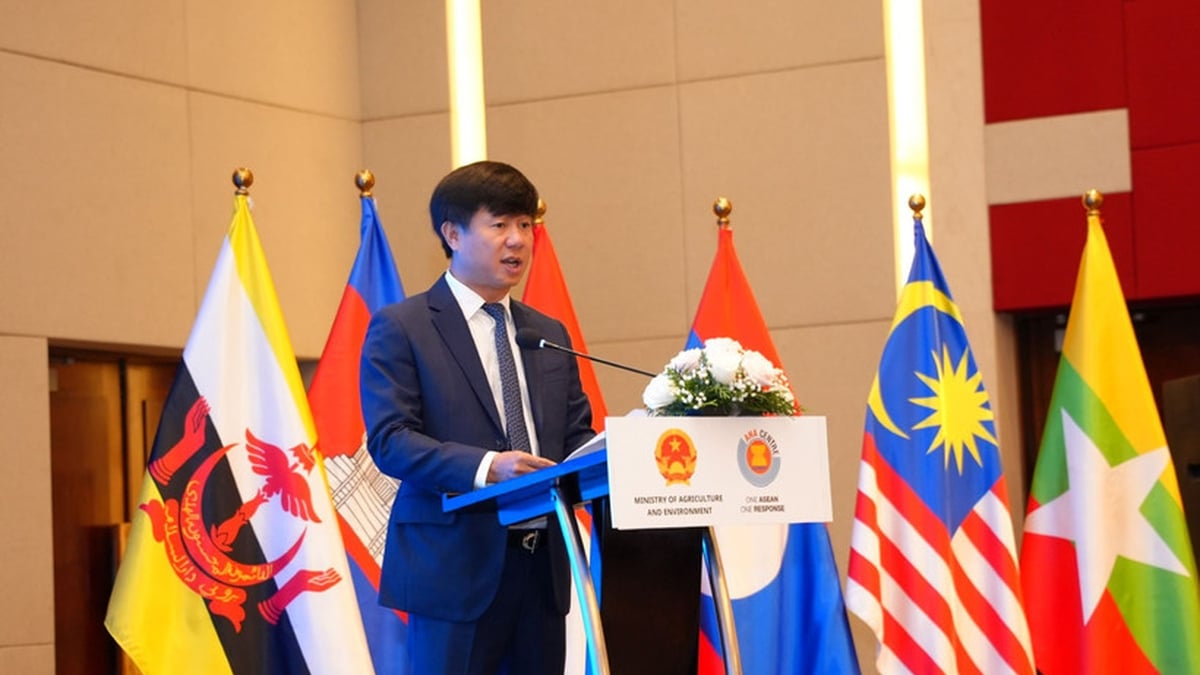

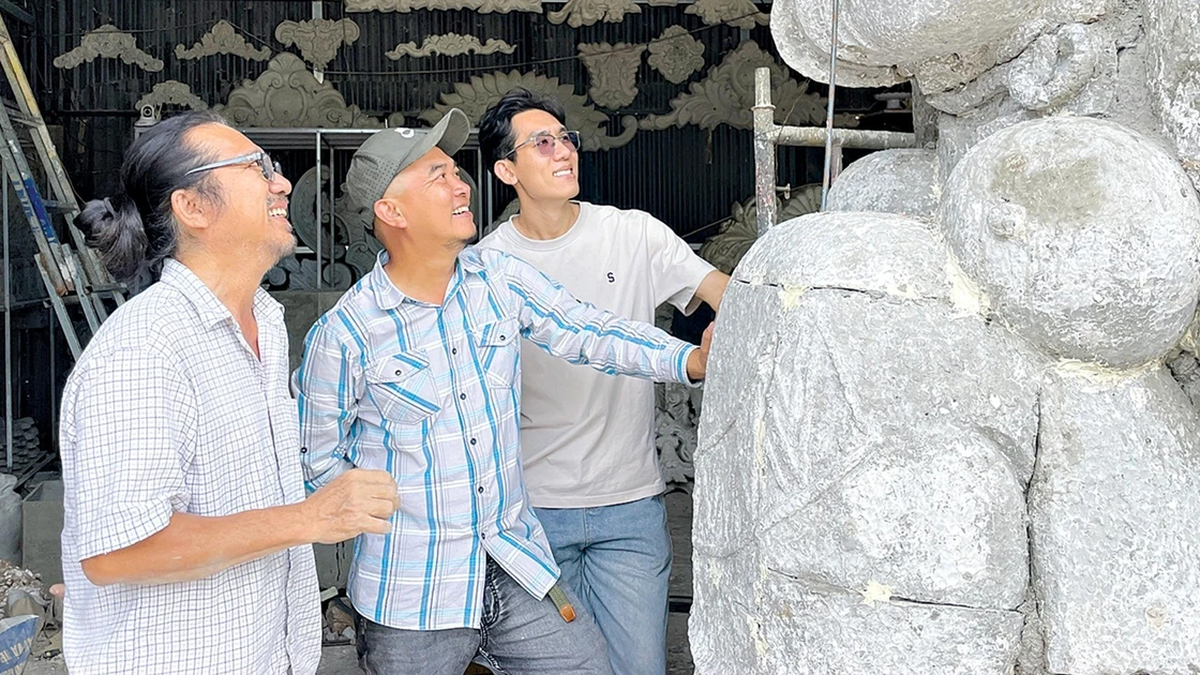
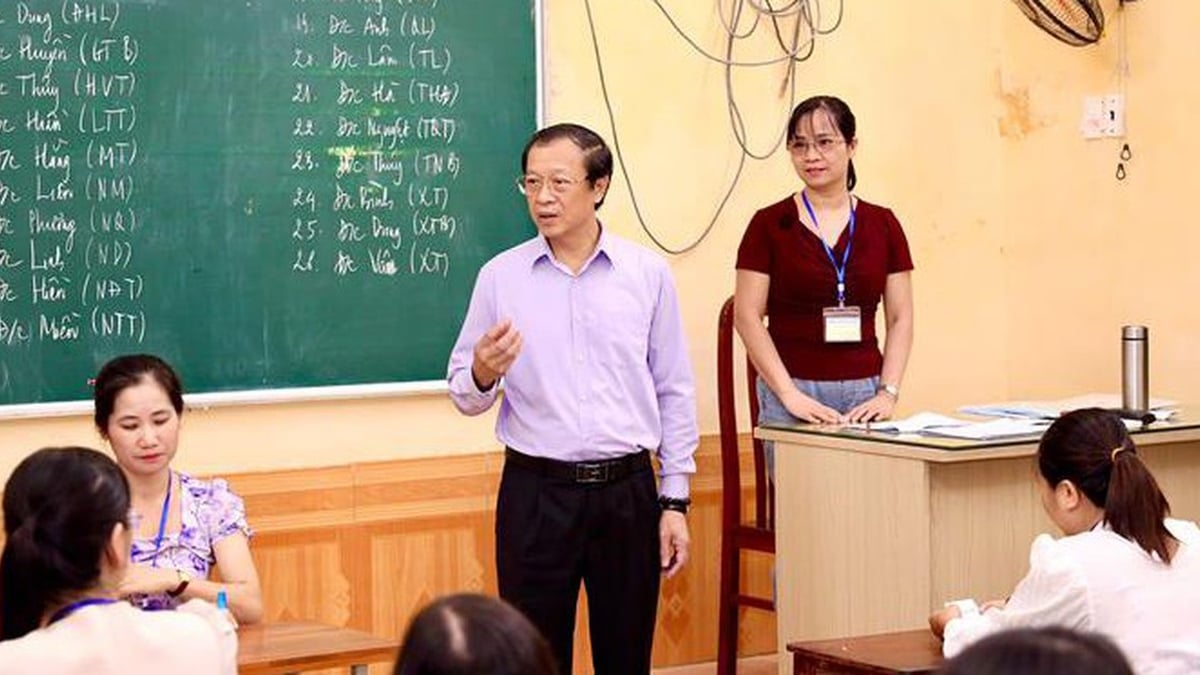
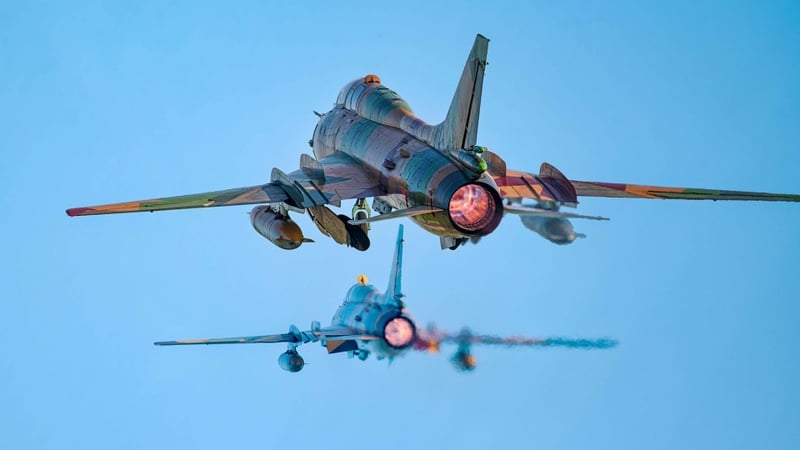










![[Photo] Binh Khanh Bridge Ho Chi Minh City is ready to reach the finish line](https://vphoto.vietnam.vn/thumb/1200x675/vietnam/resource/IMAGE/2025/8/14/b0dcfb8ba9374bd9bc29f26e6814cee2)
![[Photo] The special solidarity relationship between Vietnam and Cuba](https://vphoto.vietnam.vn/thumb/1200x675/vietnam/resource/IMAGE/2025/8/15/5f06c789ab1647c384ccb78b222ad18e)
![[Photo] Firmly marching under the military flag: Ready for the big festival](https://vphoto.vietnam.vn/thumb/1200x675/vietnam/resource/IMAGE/2025/8/15/86df2fb3199343e0b16b178d53f841ec)
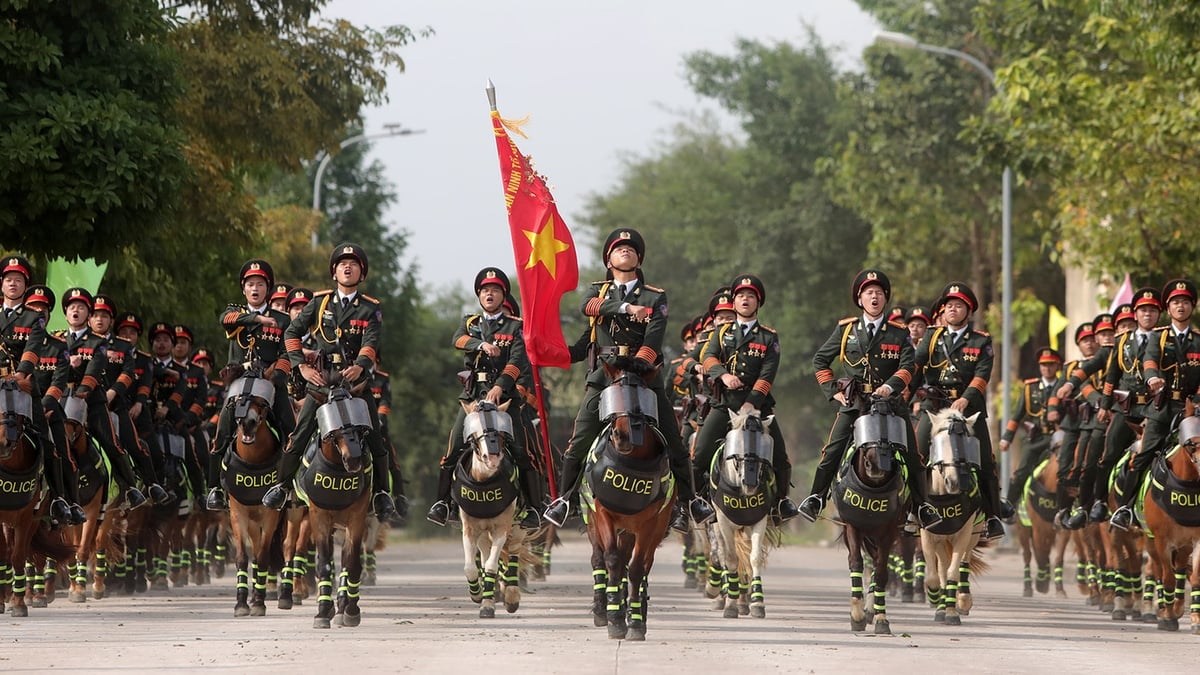



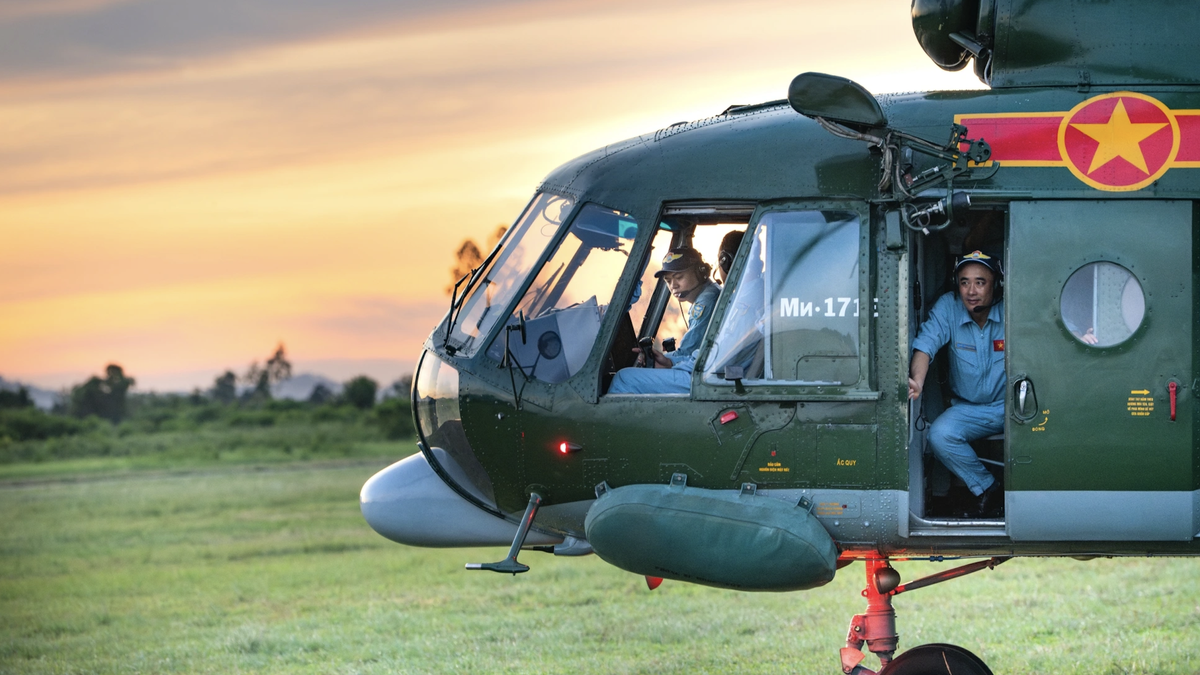
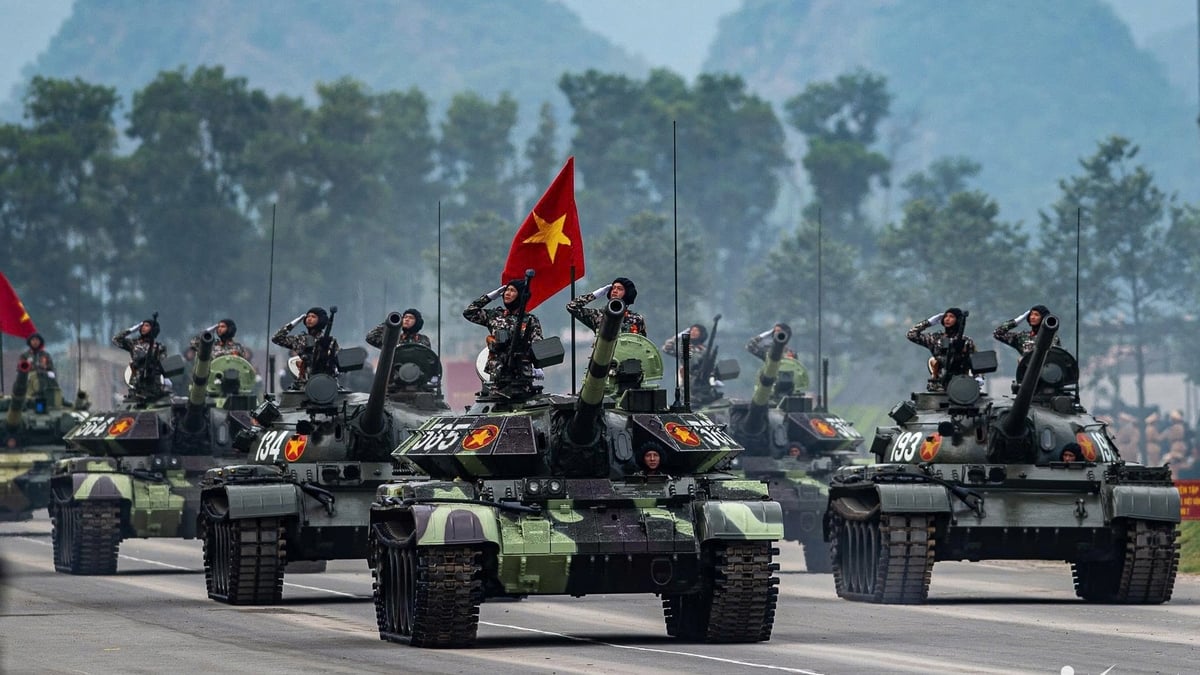
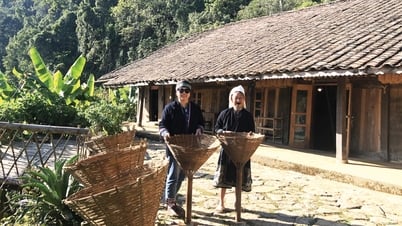




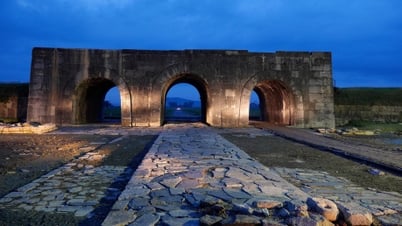






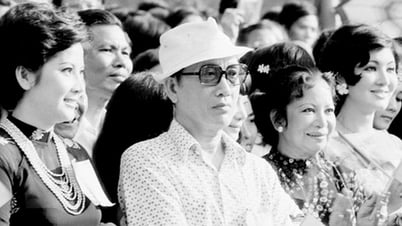

















![[Photo] President Luong Cuong receives Finnish Ambassador to Vietnam Keijo Norvanto](https://vphoto.vietnam.vn/thumb/402x226/vietnam/resource/IMAGE/2025/8/15/9787f940853c45d39e9d26b6d6827710)

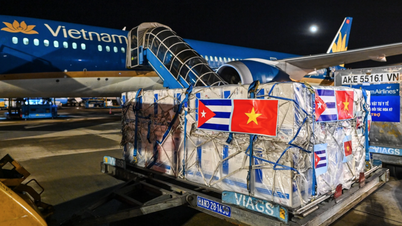


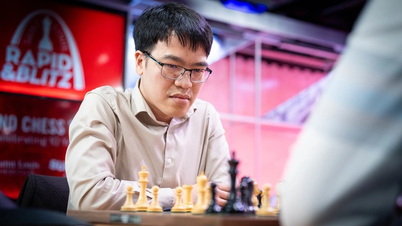


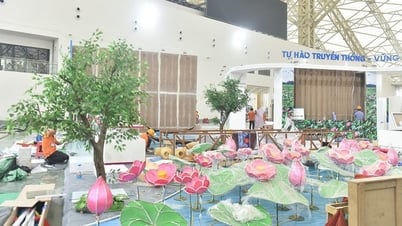

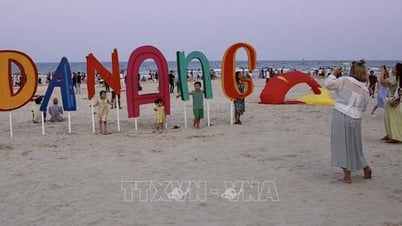
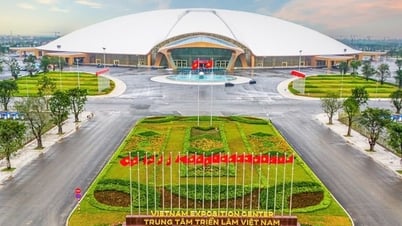
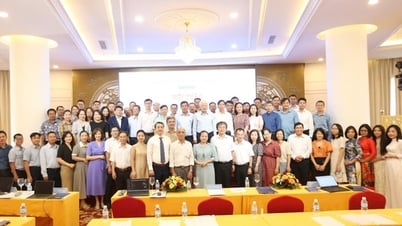

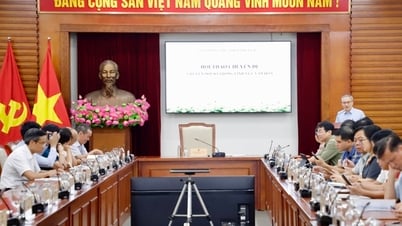
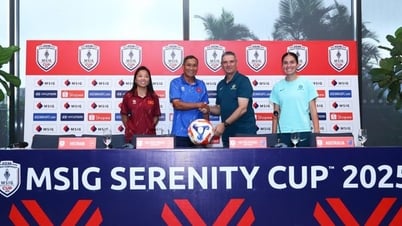





















Comment (0)